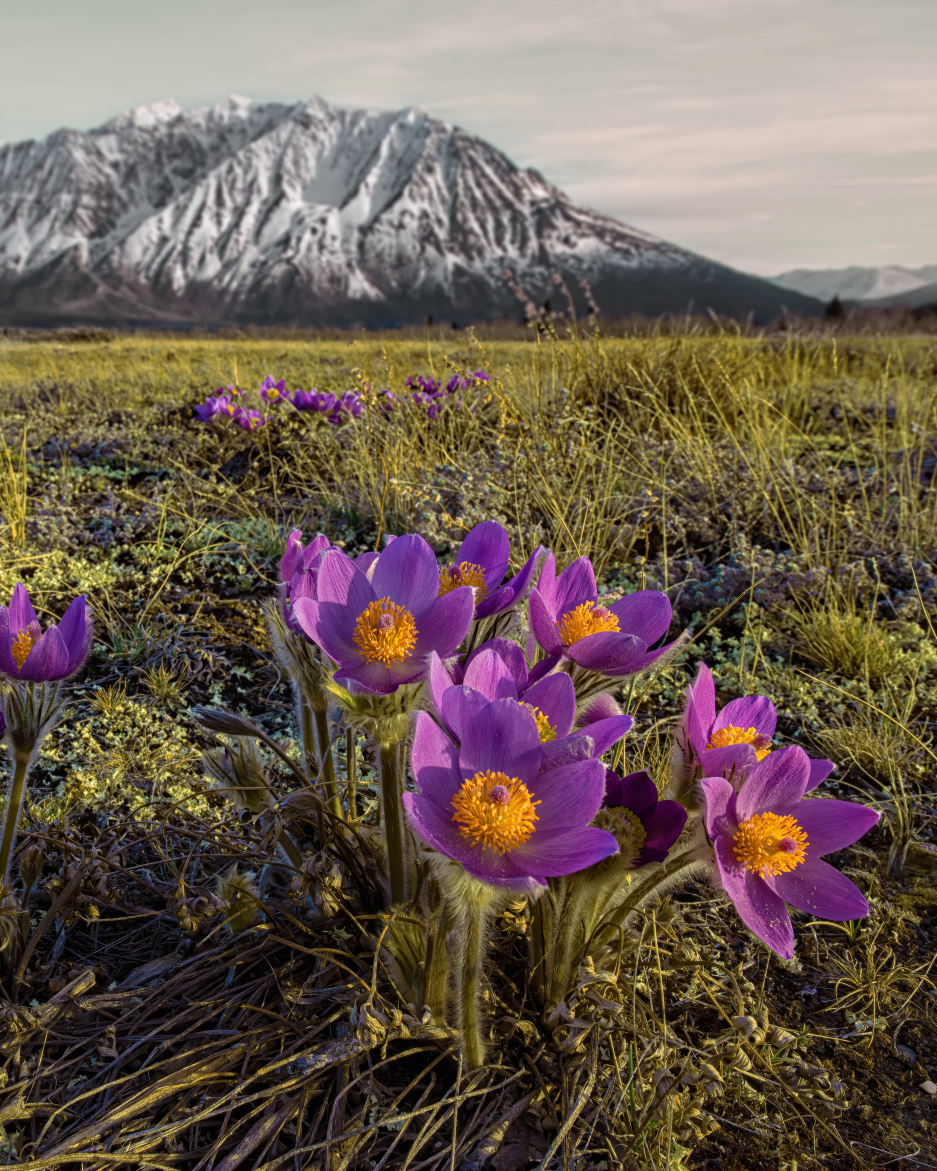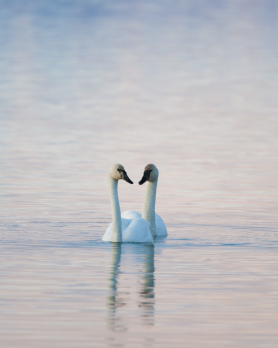

Spring

Save the snooze button for city life
- Months April - May
- Daylight 12 - 16 hours
- Temperature 5°C to 15°C
In the spring, our furred and feathered friends come out and get busy again. Why not do the same and shred the slopes with some late-season skiing?
Yukon spring draws every living thing to its spectacular light. Millions of migratory birds return, crocuses bloom, and bear cubs emerge groggily from their dens—not unlike a few of the locals.
Discover spring activities



It's not just the views that take your breath away
Longer sunny days, sparkling “fast” snow, and warming temperatures make March a popular month for getting outdoors. Try cross country or downhill skiing (maybe with the ski jacket open), conquer Fish Lake on snowshoes or—if you’re looking for something literally breathtaking—jump into the lake after the ice melts for a quick dip.
There’s one other kind of light that is particularly beautiful at this time of year—the northern lights. Only visible up to mid-April but with the added bones of the season’s warming temperatures for some added comfort.

Summer

Pack your shades for the midnight sun
- Months June to August
- Daylight 18 - 22 hours
- Temperature 6°C to 26°C
At the height of the summer season, the sun sets around midnight, making the Yukon one of the only places on Earth where wearing your sunglasses at night won't remind people of an 80's pop star.
In June and July, most of the Yukon gets around 21 hours of sunlight, so there's plenty of time to pack your days with flightseeing, fishing, mountain biking and much more. Just remember to pack the energy bars.
Discover summer activities



Top up the tan or hit the trails
At the height of the summer season, temperatures can reach 26°C, so a tanning session isn't out of the question when you need a little rest. It makes for a perfect bit of respite if you've been hitting the Yukon's legendary hiking trails in the Kluane National Park and Reserve.
If your legs run out of steam, you can saddle-up on horseback and see panoramic views of Fish Lake near Whitehorse, or pick up a paddle and canoe the Yukon River. You might see some of our larger, furrier locals, like moose and bears, foraging around rivers for fresh greens.

Autumn

The tundra transformed
- Months September to October
- Daylight 9 - 13 hours
- Temperature -3°C to 19°C
The Yukon explodes with colour in autumn, from the bright oranges, yellows and reds of the leaves, to the mystical blue and green hues of the northern lights. With hikes and flightseeing options available you'll find yourself ooing and aahing at the natural beauty from every angle.
Time it right for each region and you'll be golden, well, the leaves will be. From mid-August to late October, the Yukon is ablaze with golden tones in landscape fit for a Renaissance masterpiece.
Discover fall activities



Cameras at the ready
Tombstone Territorial Park in the Klondike region puts on a show of colour that’s not to be missed. You’ll want to take a photography tour, hike the world-renowned trails, drive further up the Dempster, or best yet, do all three. And while you’re up that way, you may happen upon the Porcupine caribou herd, over 200,000 strong, as they undertake the longest land-migration route of any land mammal on Earth.
View autumn activities
Winter

The cold and the beautiful
- Months November to March
- Daylight 5 - 11 hours
- Temperature -40°C to -13°C
Yukon temperatures make it, in our opinion, one of the best winter destinations on the planet. Where else can you ski through a nature reserve, mush across a glistening lake, and slowly watch your hair freeze as you soak in a hot spring, all in one day?
The long, dark months are also the perfect backdrop for one of the most amazing, natural phenomena—the northern lights.
Discover winter activities



Grab your gloves and go play outside
With so many great winter activities to choose from, we have more trouble dealing with FOMO than frosty weather. It can be hard to decide what to do first, so here are a few wintery ideas: northern lights viewing, dogsledding, ice fishing, snowshoeing, snowmobiling, winter festivals, wildlife viewing, hot springs, cross-country and downhill skiing, and fat biking. Phew, saying it all in one go is a different kind of breathtaking experience.
View winter activities

